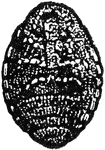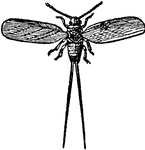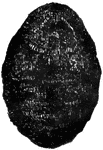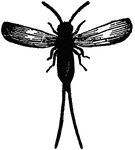Clipart tagged: ‘crimson’

Chapeau
"CHAPEAU. Cap of maintenance or dignity, borne only by sovereign princes. It is formed of crimson or…

Cochineal
An illustration of Cochineal living on cactus. Cochineal is the name of both crimson or carmine dye…

Cochineal (Female)
An illustration of a female Cochineal. Cochineal is the name of both crimson or carmine dye and the…

Cochineal (Male)
An illustration of a male Cochineal. Cochineal is the name of both crimson or carmine dye and the cochineal…

Female Cochineal Insect
"Cochineal is a dye-stuff employed in dyeing scarlet and crimson; consists of the bodies of the femals…

Male Cochineal Insect
"Cochineal is a dye-stuff employed in dyeing scarlet and crimson; consists of the bodies of the femals…

Curtain
This curtain is weaved in a damask pattern of white flowers, leaves and ornaments in tints of orange,…